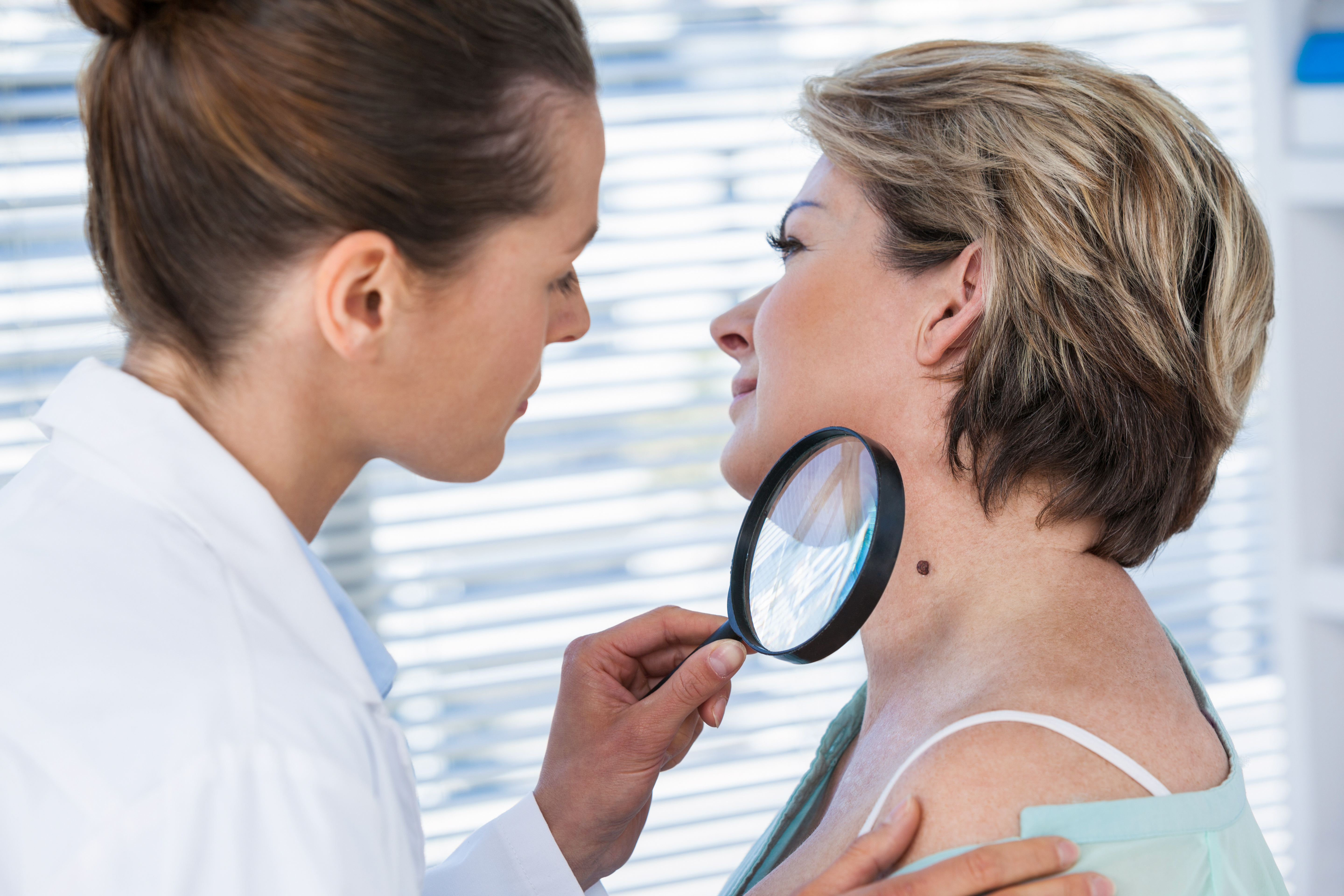
A new study has found that the recent drop in melanoma rates of younger residents in Melbourne may be due to a skin cancer prevention program called Sunsmart. The authors of this study, which was published on October 8 in the journal PLOS Medicine, claim that these findings could have significant indications for how skin cancer prevention programs are administered going forward. Suzanne Dobbinson of Cancer Council Victoria in Australia served as the lead author of this work.
The recent decline in melanoma rates amongst Australia’s youth indicates that prevention programs like SunSmart are working effectively. Previous measures used to monitor changes in preventative behavior in this population have focused only on single sun protection actions, however, which excludes the effect of combined behavioral changes on melanoma rates.
This exclusive approach could have possibly underestimated the amount of behavior change, being that protecting the skin from UV exposure typically requires multiple behavioral changes in addition to SPF lotion application. For instance, wearing sunscreen and avoiding unnecessary exposure to sunlight are two separate behavioral changes that are often employed to promote sun protection.
To address this gap in research, Dobbinson and colleagues conducted a survey in Melbourne the summer before SunSmart started (1987-1988), and in summers during the following three decades. Residents aged 14-69 years were involved in weekly phone interviews to assess their tanning attitudes, sun protection behavior, and sunburn frequency during the summer months.
The research team then assessed trends in the sun protection behavior of 13,285 respondents, finding that the use of sun protection rapidly increased in the decade following SunSmart ‘s implementation. The use of one or more sun protection behaviors on summer weekends was three times higher in the 90s than it was before SunSmart (Area of Responsibility (AOR): 3.04, 95% CI: 2.52-3.68, p <0.001).
An increase in maximal sun protection usage, such as shade, was seen to a lesser extent as well (AOR: 1.68, 95% CI: 1.44-1.97, p <0.001). These improvements in sun protection were sustained in the 2000s and increased in the 2010s as well. The authors do note that these results are limited by self-reported information, however, with no control groups involved and the survey not being given in all years. Increasing education regarding cancer risk factors such as tobacco and obesity among participants is also a potential confounding variable to these results.
Despite the lack of definitive data regarding SunSmart’s impact on skin cancer rates in Melbourne, the authors feel that these findings indicate the success of the program.
“With an estimated 20-year lag between sun exposure and melanoma incidence, our findings are consistent with SunSmart having contributed to the reduction in melanoma among younger cohorts,” the authors concluded.
Skin Cancer Prevention Programme helps reduce Melanoma rates in Melbourne: Studyhttps://t.co/5CAMM4EkYr
— Development Channel (@DevChanl) October 9, 2019

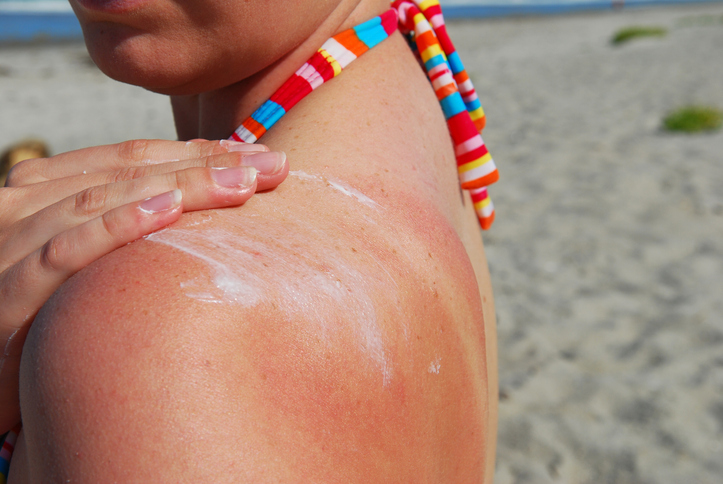
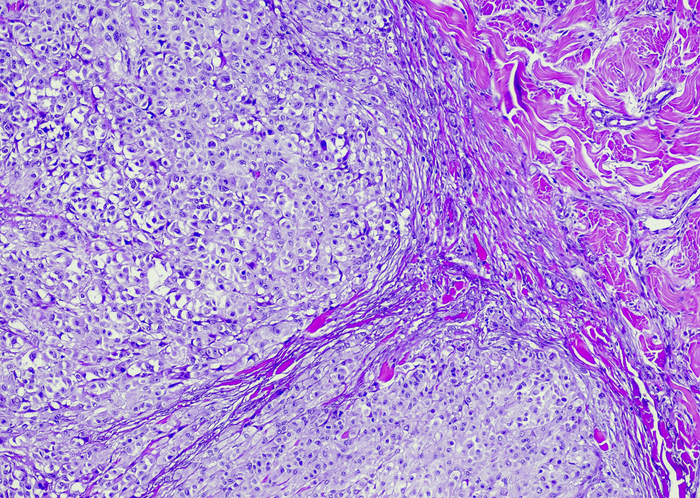
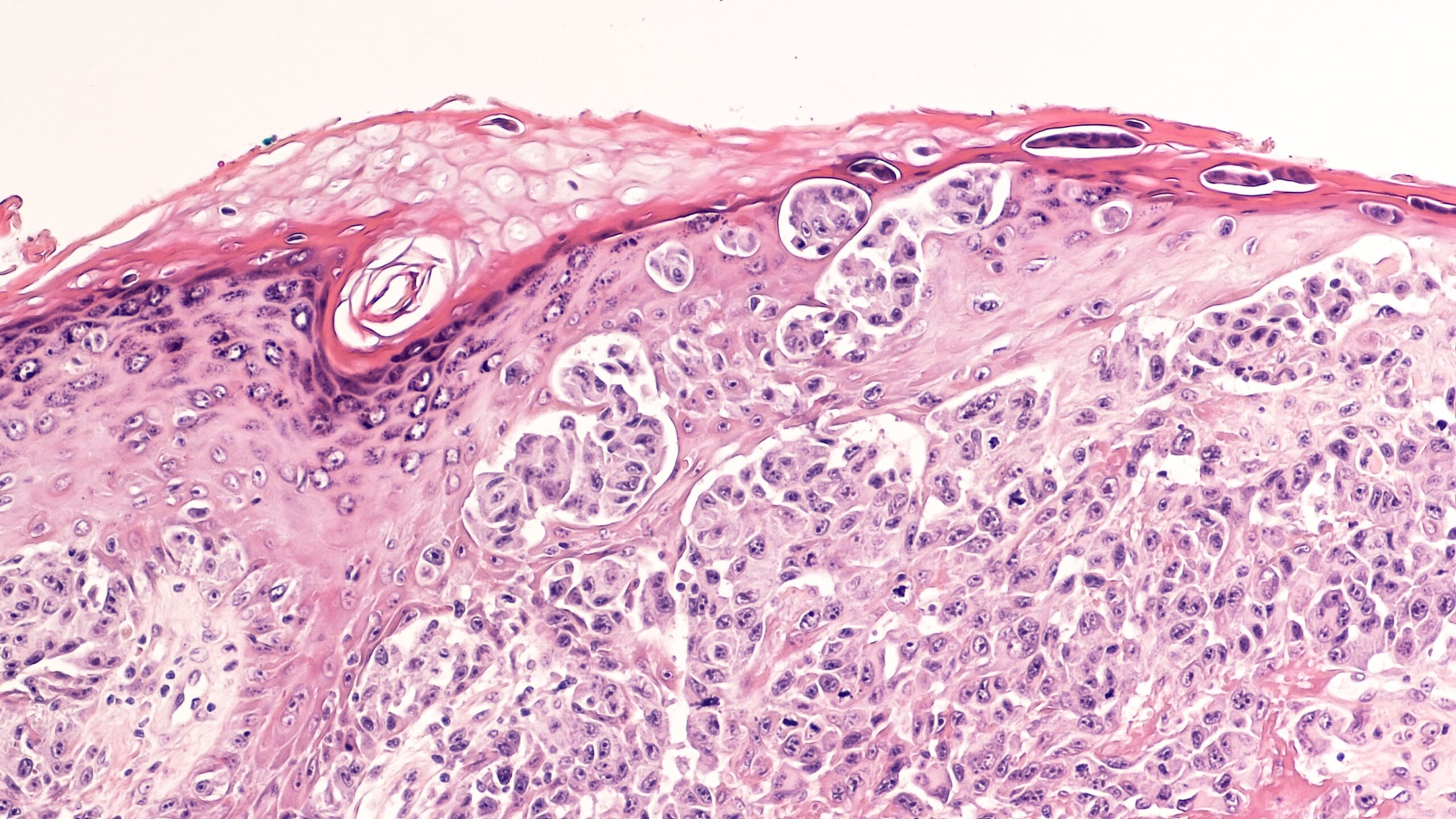
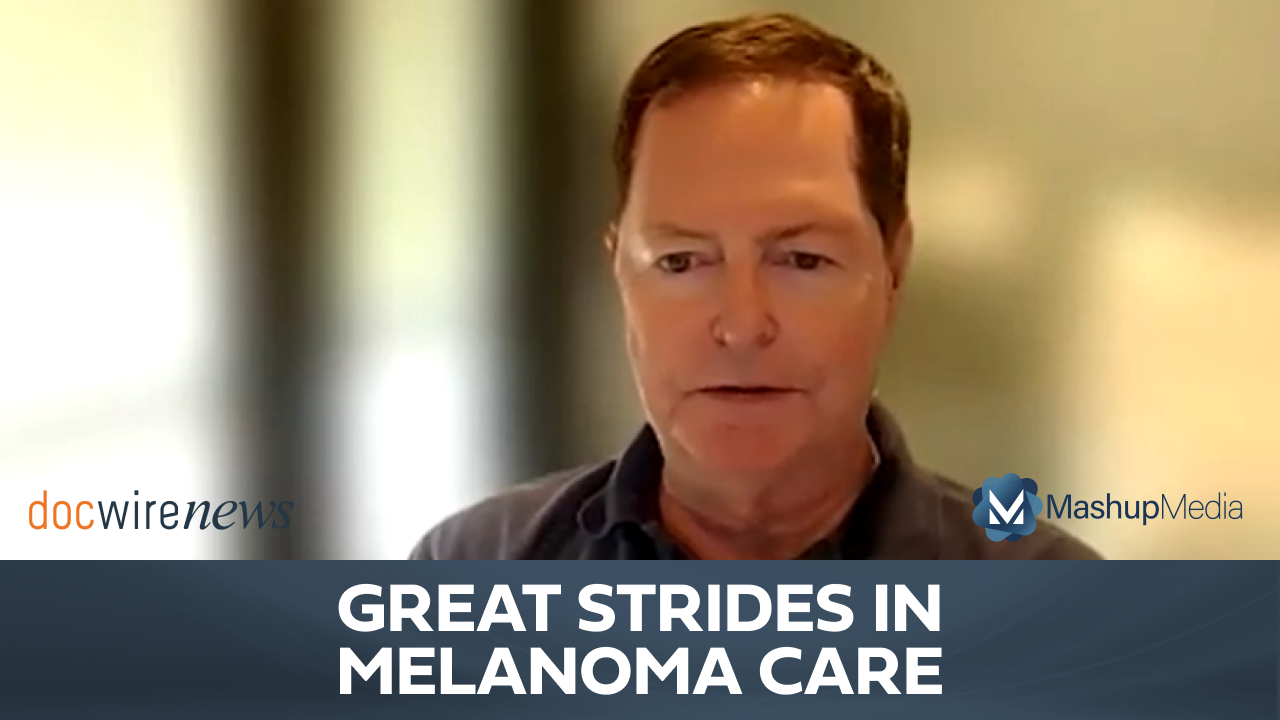


 © 2025 Mashup Media, LLC, a Formedics Property. All Rights Reserved.
© 2025 Mashup Media, LLC, a Formedics Property. All Rights Reserved.